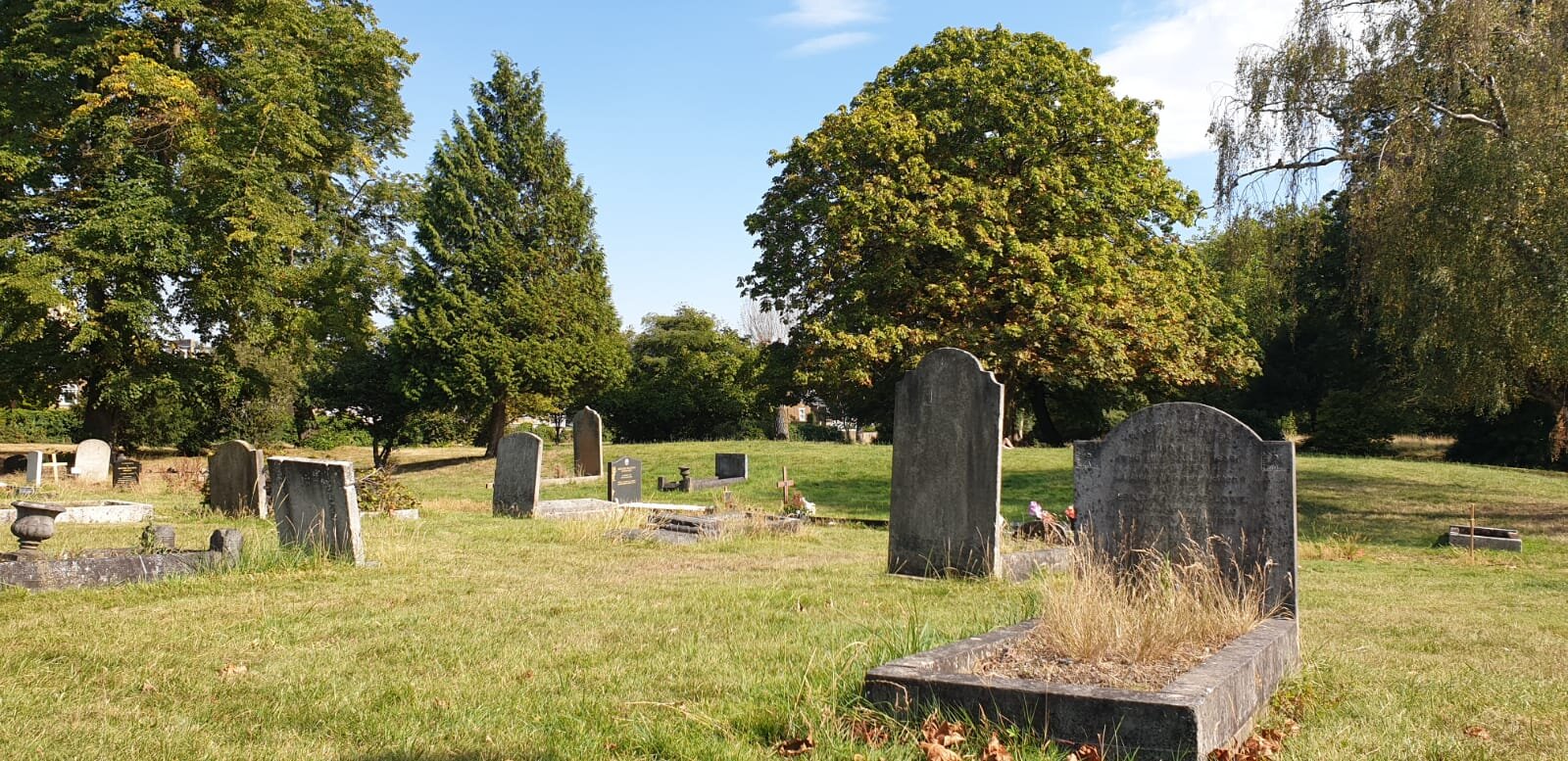I'm leaving London for a bit. What will I miss most about this knotty, surprising and innovative city?
In 1855, Paddington Burial Board built a public cemetery on 10 hectares of land in Willesden. Thomas Little (who contributed to many of London's cemeteries) designed a series of paths in the shape of a horseshoe. Trees were planted along the paths, lodges built on either side of the entrance, and two Gothic-style chapels erected in the centre of the grounds. When the cemetery was laid out in 1855, it stood in a rural landscape; it is now a green open space in the midst of busy Brent.
When the oily estate agent showed us around our one bedroom flat on Tennyson Road just under three years ago, he pointed out that many tenants would kill to live by a graveyard. "Think of how well you'll sleep. It's not like they'll keep you up at night, is it?"
In fairness, he was right. And in any case, it meant I got to live out my Buffy the Vampire Slayer fantasy. My bedroom window overlooked the cemetery, and I grew used to opening my curtains in the morning to be greeted by a sea of headstones. To be honest, it wasn't somewhere I thought much about. I'd occasionally take a walk around it if I needed a break from writing, and there was a traumatic period of about 10 days when I attempted couch-to-5k and decided that running around the cemetery was less humiliating than Queen's Park.
But then Lockdown arrived, narrowing our options, but reigniting our appreciation of our local area. As we looked for places to go to stop us slowly slipping into delirium, suddenly, the graveyard got a new lease of life. I started to take daily trips there. Sometimes I'd listen to a podcast, or take a bit of writing with me, but mostly I lay on the grass and people watched. It seemed like anyone who was anybody frequented the graveyard. There were people sunbathing, having picnics, walking their dogs, picking blackberries from the overgrown brambles and others smoking joints, tucked behind gravestones for privacy. It became a community space, and quickly felt like a place to come to feel alive.
The irony of the pandemic forcing us to confront our own mortality whilst sat amongst the dead wasn't lost on me. And mourning is something the Victorians were particularly adept at. Who better to learn from? Paddington is not one of the 'magnificent seven' cemeteries that once encircled the capital, but I certainly wouldn't mind being laid to rest there. It's a peaceful and respectful place that is still a working cemetery, but none of the mourners seemed affronted by this impromptu wave of activity. In fact, one man who was visiting his wife's grave told me that it was nice to see the place so busy. "It makes me feel good, knowing she has company."
So when people ask me what my favourite spot in London is, I won't wax lyrical about Primrose Hill or send them off to Mildreds in Soho, I'll tell them to check out Paddington Cemetery. Because I've grown to love it and will miss it dearly. I'll miss the crumbling headstones that are fighting for space with wildflowers, long grass and weeds. I'll miss the beehives hidden away under a canopy of gnarled trees and the soft clucking of hens from the chicken coops. And most of all, I'll miss wandering over to Michael Bond's grave, and seeing what little Paddington trinkets have been left for him.
Speak soon,
Love Ben xx
ONE OTHER THING!
Each time I do one of these, I'll highlight something that might be of interest. This week, it's the FUND FOR THE ARTS IN BEIRUT. Led by Lebanese-born artist Walid Raad, the Brussels-based nonprofit Mophradat had launched a fundraising
initiative to aid artists and art organisations following the devastating explosions in Beirut.
There is more information here.
And the link to donate is here.




